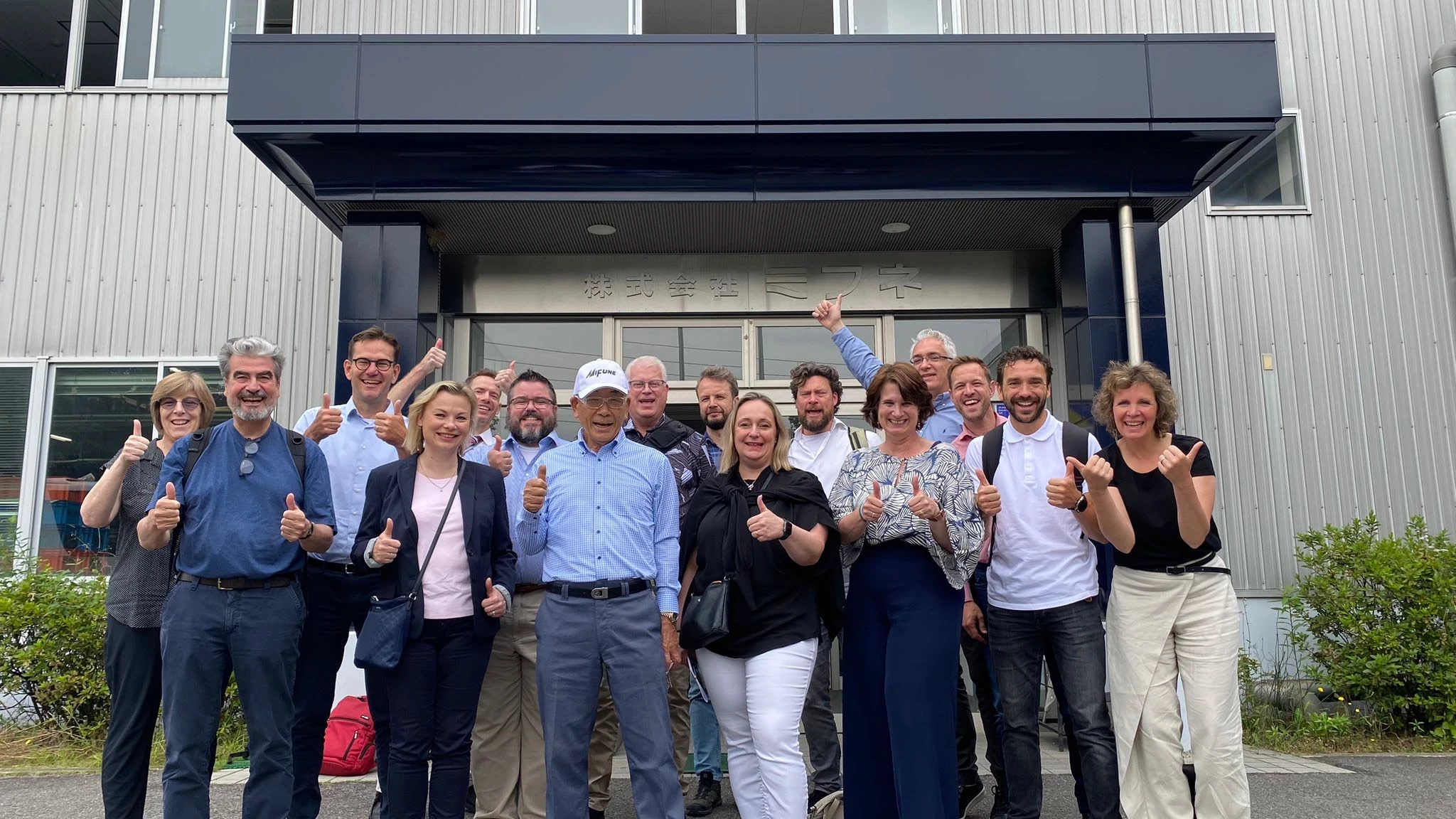Hey, let’s start your
iObeya journey!
In this article, we will tackle several key facets of Short Interval Management. Firstly, we will assess how Short Interval Management occurs, offering perspective into frequent monitoring and adjustment within short time intervals. Secondly, we will delve into how Short Interval Management contributes to operational excellence by facilitating continuous improvement, real-time problem-solving and employee empowerment. Next, we will explore the role of Visual Management in promoting Short Interval Management. Lastly, we will show how iObeya, our digital visual management platform, can help organizations effectively implement and promote Short Interval Management standards.
How does Short Interval Management occur?
- Defining the time intervals: The first step in SIM is to define the duration of the intervals based on the level of granularity desired and the nature of the work. The intervals should be concise enough to allow repeated assessments and adjustments.
- Setting unambiguous objectives: prior to each interval, clear targets are established. These targets should align with the more general company or project goals. Defining specific, measurable, attainable, relevant, and time-bound (SMART) goals for each interval is strongly recommended.
- Planning and allocating sufficient resources: Based on the above targets, resources are allocated consequently. This requires determining the necessary manpower, equipment, and materials required to accomplish the tasks in time.
- Executing work tasks: Between the intervals, teams carry out the preplanned assignments by performing the tasks, following established workflow, and coordinating with fellow teammates.
- Monitoring progress: Frequent surveillance and tracing progress happens throughout the interval. This is done by collecting and analyzing key performance indicators (KPIs) relevant to the targets set. Visual management tools such as iObeya are commonly leveraged to provide real-time visibility and facilitate quick turnarounds if needed.
- Taking (corrective) actions: If necessary during the interval, prompt actions are taken. These actions may include adjusting priorities, reallocating resources, making process improvements or resolving bottlenecks to keep the work on track.
- Reflecting and learning: Teams analyze at the end of each interval the data and insights collected during the monitoring process. They pinpoint areas of improvement and lessons learned. This feedback loop feeds into the planning of next intervals./li>
- Repeating and iterating: Once an interval is concluded, the cycle starts again with the next interval taking into consideration lessons learned previously mentioned. This iterative approach facilitates continuous improvement based on real-time feedback.
How does SIM contribute to Operational Excellence?
- Real-time problem-solving: SIM encourages workers to address and resolve issues as they occur, rather than waiting for them to worsen. By addressing these issues promptly, SIM helps reduce downtime, increase efficiency, and minimize waste. Lean problem solving and Short Interval Management (SIM) are closely connected. SIM provides a structured approach for teams to address and resolve problems in real-time, in line with the problem-solving principles of lean methodology.
- Data-driven decision making: SIM relies on collecting and analysing real-time data to drive decision-making. By capturing and analyzing operational data, teams can recognize bottlenecks, trends, and areas of improvement. This helps teams prioritize actions, allocate resources effectively, and make informed decisions to optimize performance.
- Continuous improvement: SIM promotes a culture of continuous improvement by emphasizing incremental and manageable evolutions. Identifying areas for improvement by performing regular activity monitoring lead teams to implement changes quickly.
- Collaboration: SIM enables frequent communication and collaboration among team members. By sharing information during short intervals, teams can align their efforts and react. Efficient communication and collaboration enhance teamwork, foster a culture of shared goals, and support operational excellence.
- Standardization: SIM encourages the assimilation of standard procedures and best practices. Clear and consistent procedures help teams reduce errors, eliminate variations, and achieve increased efficiency. Standardization contributes to operational excellence by ensuring a high level of predictability and quality.
- Motivating employees: SIM empowers employees to accept ownership of their work. By involving employees in problem-solving and decision-making, SIM fosters a sense of shared responsibility,accountability and engagement. This proactiveness can lead to higher motivation and innovation, ultimately contributing to operational excellence.
How does Visual Management play a part in SIM?
Here’s how visual management assist SIM:
- Clearer communication: Visual management tools display data in a clear and concise manner. It enables effective communication and collaboration among teams. Visualizing KPIs, metrics, and objectives helps everyone to grasp where they are at. It also helps in taking decisions or adjusting goals and expectations.
- Real-Time information: Visual management provides teams with clear visual cues, easy-to-understand information that is instantly accessible. This real-time information enables teams to quickly assess their performance against targets. If needed the teams can also take immediate corrective actions if needed.
- Accountability: Visual management promotes a sense of accountability and ownership by displaying results, roles and responsibilities. It forsters shared responsibility for achieving goals and encourages active participation from team members.
- Continuous Improvement: Visual management supports continuous improvement by providing a structure for teams to assess and reflect on their performance during short intervals. With visual cues and KPIs teams can conclude what are the trends, they can also identify patterns, and make data-driven decisions to drive efficiency.
How can iObeya help you implement SIM?
iObeya enables teams to collaborate and share information thanks to its Lean Product Development philosophy. With digital rooms and boards, teams can communicate on their progress in real-time. This real-time collaboration upholds the principles of SIM by enabling teams to address problems and make decisions efficiently and quickly. A visual representation of tasks lets teams have a clear overview of workflows and progress which aligns with SIM’s priority on making operational processes transparent.
iObeya facilitates the dissemination of standard work practices and procedures. Teams can create digital templates of boards and entire rooms that new teams can capitalize on. Information flowing in real-time throughout the network of rooms promotes consistency and standardization, essential to SIM, as it helps reduce data loss, improve knowledge sharing and ensure a high level of quality in their operational processes. Finally, iObeya provides data visualization for Lean Manufacturing and Operational Excellence with the Industry 4.0 module that allows teams to analyze key performance indicators (KPIs) related to operational processes.







